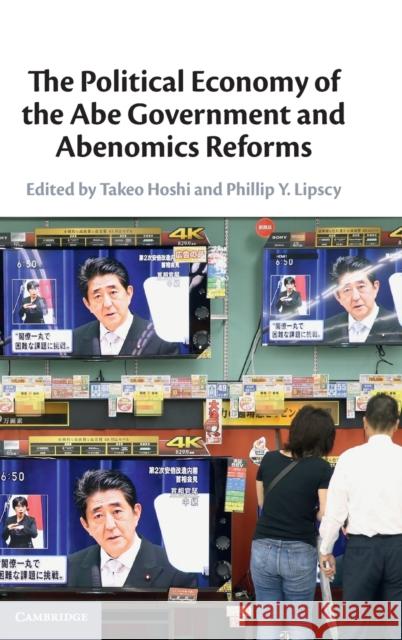The Political Economy of the Abe Government and Abenomics Reforms » książka
topmenu
The Political Economy of the Abe Government and Abenomics Reforms
ISBN-13: 9781108843959 / Angielski / Twarda / 2021 / 500 str.
The Political Economy of the Abe Government and Abenomics Reforms
ISBN-13: 9781108843959 / Angielski / Twarda / 2021 / 500 str.
cena 604,58
(netto: 575,79 VAT: 5%)
Najniższa cena z 30 dni: 589,38
(netto: 575,79 VAT: 5%)
Najniższa cena z 30 dni: 589,38
Termin realizacji zamówienia:
ok. 22 dni roboczych
Dostawa w 2026 r.
ok. 22 dni roboczych
Dostawa w 2026 r.
Darmowa dostawa!
Explores the politics and economics of the Abe government and evaluates major policies, such as Abenomics policy reforms.











